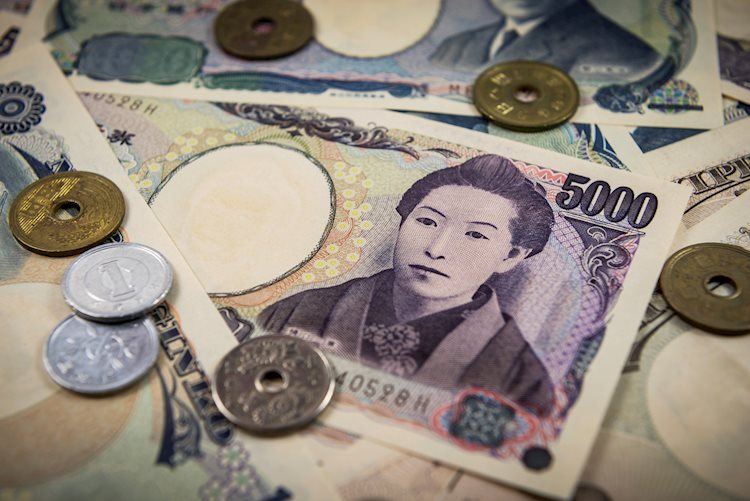The Japanese Yen (JPY) faced depreciation as cautious investors awaited key US economic data releases, including the US ADP Employment Change and ISM Services PMI reports. The attention is expected to shift towards the Nonfarm Payrolls (NFP) report due on Friday, which could impact the JPY further. The interest rate differential between the United States (US) and Japan may continue to support the USD/JPY pair, although the JPY could find some support from recent positive data from Japan. Labor Cash Earnings surged by 2.1% year-on-year in April, marking the highest level since June last year.
The Jibun Bank Japan Services PMI in May was revised higher to 53.8 from the previous figure of 53.6, although it fell short of April’s peak and indicated the softest growth in the service sector since February. Despite this, Labor Cash Earnings surpassed forecasts and marked a significant increase, potentially lending support to the JPY. On the other hand, the US Dollar Index (DXY) rose due to improvements in US Treasury yields. However, the weaker US Manufacturing PMI in May has raised concerns about a potential rate cut by the US Federal Reserve (Fed) in September.
Traders are currently pricing in nearly 65% odds of a Fed rate cut of at least 25 basis points, up from the previous week. The ongoing uncertainty regarding the Fed’s interest rate decision could impact the USD/JPY pair in the near term. Additionally, recent data showing a decline in US Job Openings and contraction in the US manufacturing sector could also influence the USD/JPY pair. The government in Japan is expected to focus on the challenges posed by a weak Yen in its economic policy roadmap, potentially putting pressure on the Bank of Japan to make policy adjustments.
In terms of technical analysis, the USD/JPY pair is currently trading around 156.20 and shows a weakening bullish bias as it breaks below the lower boundary of a symmetrical triangle pattern. Immediate support levels for the pair could be found at 156.00 and the 50-day Exponential Moving Average at 154.72. On the upside, a key barrier remains at the lower threshold of the symmetrical triangle, with a break above 157.00 potentially leading to a retest of 160.32, its highest level in over 30 years.
Overall, the Japanese Yen continues to face depreciation as investors exercise caution ahead of key economic data releases. Positive data from Japan has provided some support to the JPY, but ongoing uncertainties regarding US economic indicators and potential Fed rate cuts may continue to impact the USD/JPY pair in the near term. Traders will closely monitor developments in both countries to gauge the future direction of the currency pair.

























